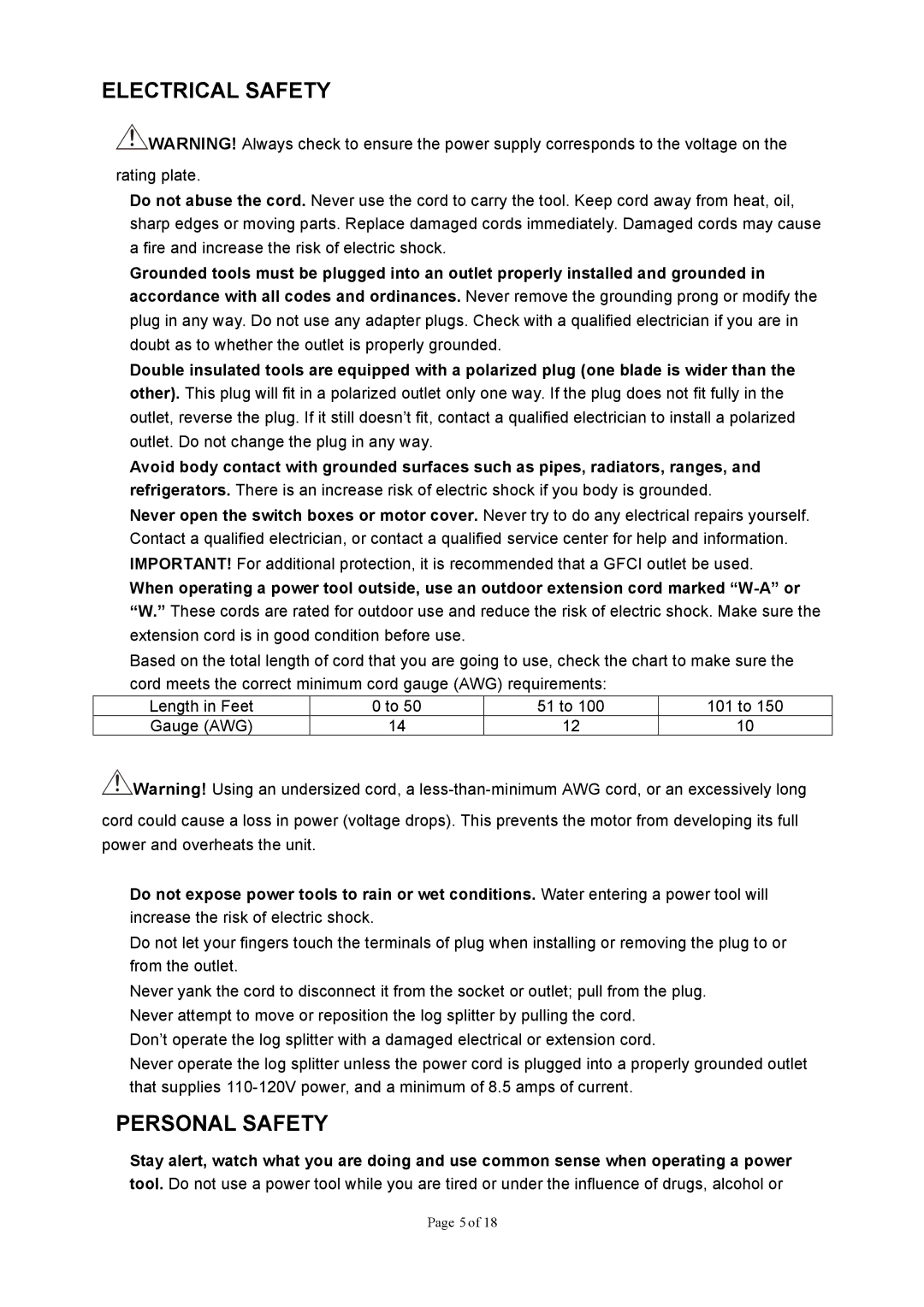1187 specifications
Northern Industrial Tools (NIT) 1187 is a versatile and powerful tool designed for a variety of industrial applications. Renowned for its durability and reliability, the 1187 model is particularly favored in manufacturing, construction, and maintenance settings. This tool exemplifies Northern Industrial’s commitment to quality and innovation, making it an ideal choice for both professionals and DIY enthusiasts.One of the standout features of the Northern Industrial Tools 1187 is its robust construction. Made from high-quality materials, this tool is engineered to withstand heavy usage and harsh working conditions. The ergonomic design ensures that users can operate the tool for extended periods without experiencing fatigue. The inclusion of non-slip grips further enhances comfort and control, enabling precision and accuracy in tasks.
The 1187 model boasts advanced technology that elevates its performance. Equipped with a powerful motor, it offers high torque and speed options to tackle various tasks efficiently. Users can easily switch between different speed settings, allowing for greater control depending on the material being worked on. This versatility makes it suitable for drilling, cutting, and fastening applications.
Another notable characteristic of the Northern Industrial Tools 1187 is its compatibility with a wide range of accessories. Whether it’s bits, blades, or other attachments, this tool can adapt to meet specific project requirements. This feature not only enhances functionality but also adds to the overall value of the tool, as users are not limited to a single application.
Maintenance and safety are also key considerations in the design of the 1187. The tool includes built-in safety features that prevent accidental activation and ensure safe operation. Regular maintenance is simplified through easy access to components, allowing users to keep the tool in optimal working condition without hassle.
In conclusion, Northern Industrial Tools 1187 stands out as a reliable, powerful, and versatile tool suitable for a broad spectrum of industrial tasks. Its durable construction, advanced technology, and user-friendly features make it an excellent investment for those seeking efficiency and performance in their work. Whether you are a professional tradesperson or a dedicated hobbyist, the 1187 is designed to meet and exceed your expectations in various applications.
